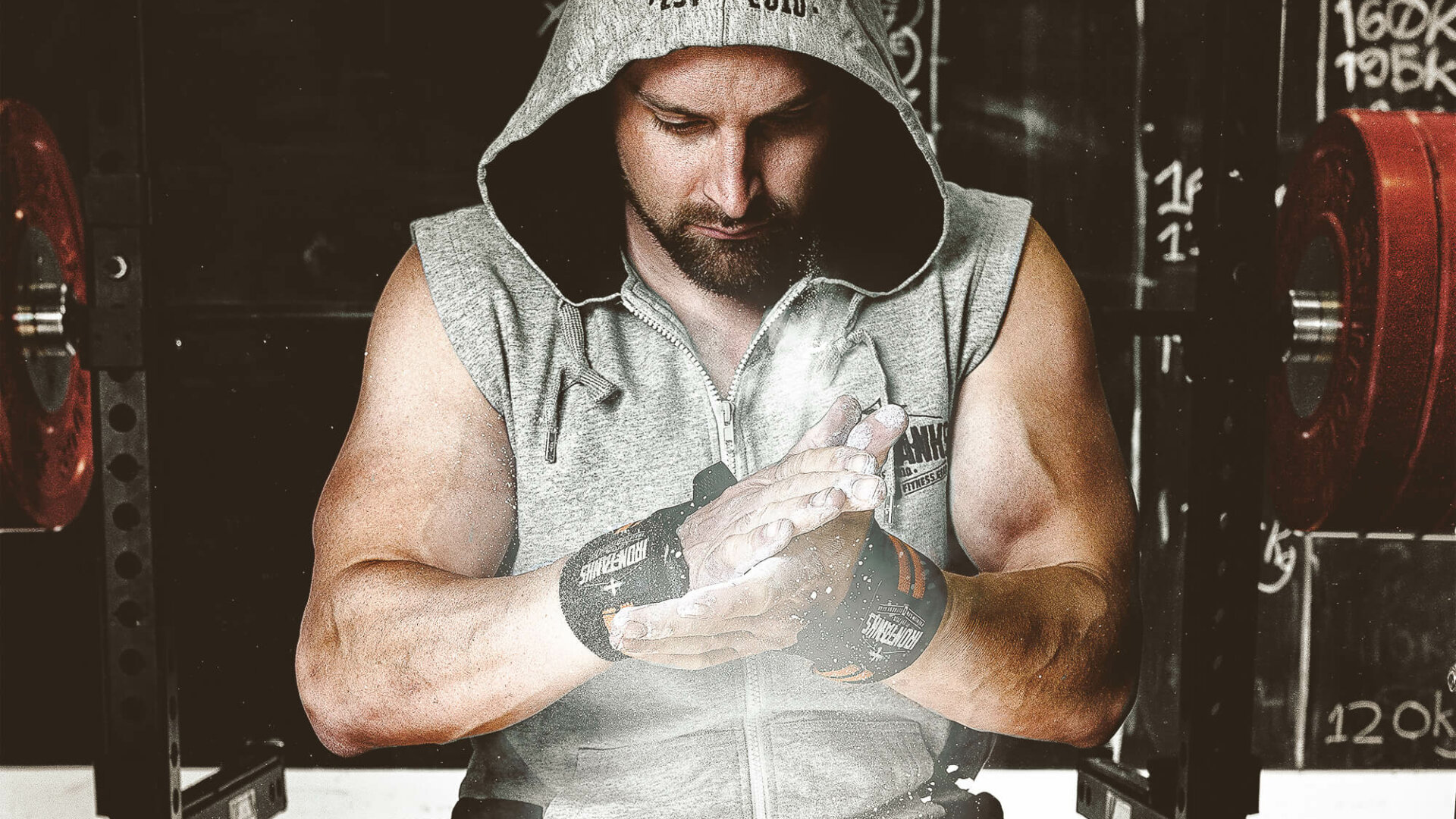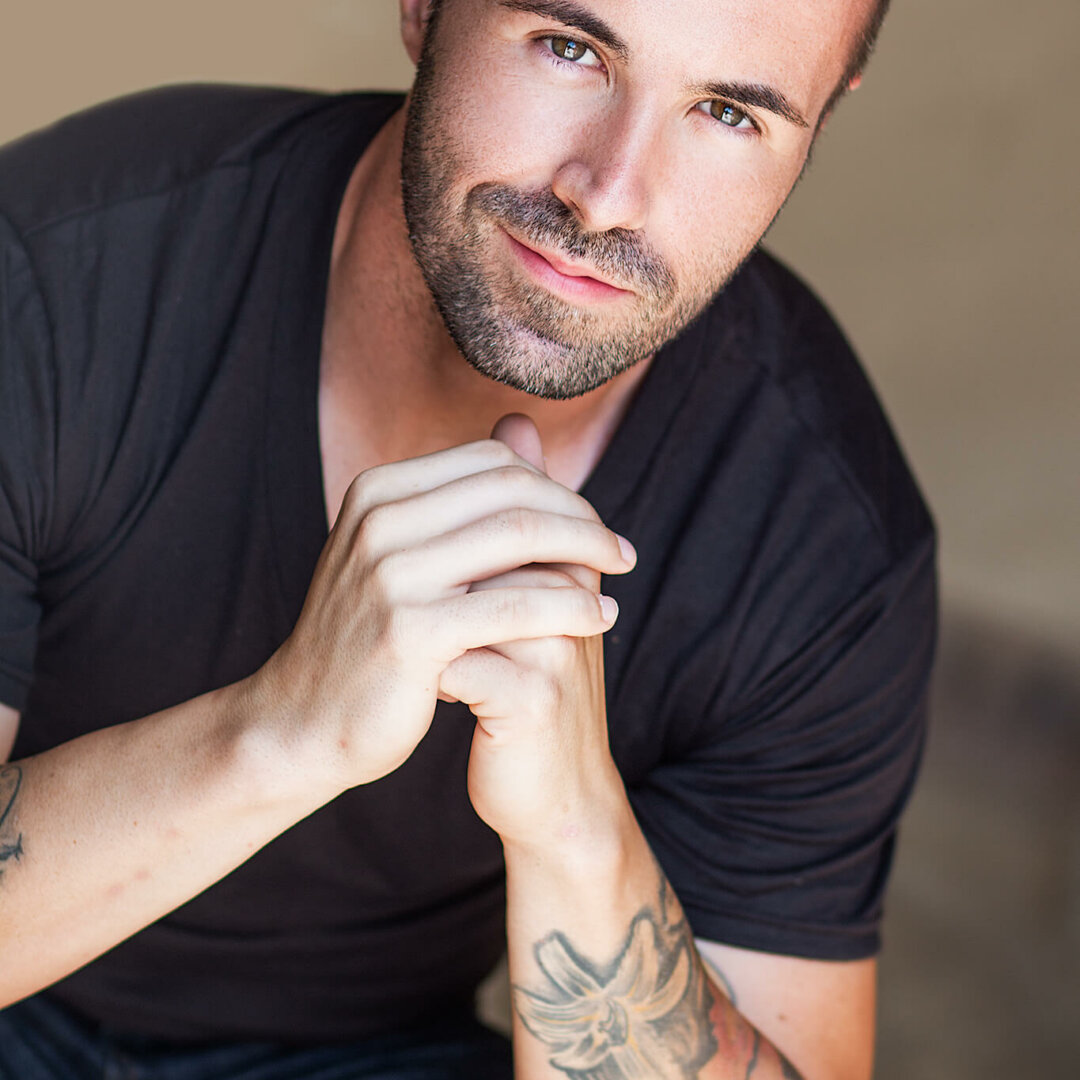I get it. Specialization isn’t your thing. The good news is that’s completely fine. I say this full well knowing that the prevailing myth is that you have to set aside dedicated blocks of time to focus on one thing to succeed. If you think about it, any event where you have to do more than one exercise becomes less of a specialization. Powerlifting, triathlons, and even the popular mud runs fall into this category. Outside of the elite athletes, this comes up when a person or a client wants to run well while being strong at the same time.
Of course, the advice given is to find the minimal effective amount of each particular discipline so that you can both get better and recover without any deleterious effects on your body. Less often do you get to the “how” when it comes to finding the minimal effective amount of work you need to do for your exercise of choice. So I’m going to deliver that to you. And it starts with something we are all familiar with. I am talking about our nervous system of course.
The Nervous System
Your Central Nervous System (CNS) is always looking out for us. It’s like our ever vigilant but silent older relative that we forget about until the holidays or a special occasion. Yet, we fail it often. The beauty of the CNS is that it has all the information we need and will always inform us of our capabilities in real time. Why? It acts as a governor for our actions. When we perform a given exercise, we can look for a series of events that dictate when we should cease the exercise. Frankie Faires refers to them as the “elements of efforts.” In order, they are:
- Speed
- Position
- Tension
- Failure
- Pain
- Damage
- Death
If you are training with the intent to be good at multiple exercises or events, these elements are essential for your recovery. Here’s how the scenario might play out in a gym near you: A bro will take a barbell, and proceed to curl. Form looks good. Soon, their speed decreases. Those reps aren’t firing at a steady clip anymore. Next thing you know, they start putting their back into it, altering their form (position). Soon, they start making constipation faces (tension). After that, they can’t do any more reps. They have reached failure. If they continue, they might feel some pain, and if they go further, there is a potential for injury. And yes, it is possible to work yourself to death, as dramatic as it sounds.
While failure can have a place in a decent training program, especially if you compete in a sport, if you aim to do well in multiple events, you have to have a hyper focus on the first three of those elements. You don’t want to do so many deadlifts that you wind up missing a lift in training only to have it affect your running performance soon thereafter.
Decoding the Governance
The CNS, being a governor, uses those elements of effort to put the brakes on your lifting to help you get better. We can take it further, though. We can measure how it affects us. In fact, we can use any movement quantity to measure it. One of the easiest ways to measure it is to use flexibility in the form of a toe touch. To perform, reach down and touch your toes. Do not make it an active stretch. Stop at the first sign of tension. Mark your place on your shin.
Next, perform an exercise, unloaded. Perform your toe touch test again. If you have gone farther than your baseline, you have a green light from your nervous system to perform a given exercise. You would then exercise as normal while looking at your elements of effort (focusing on the first three). Then you would move on.
Once you are familiar with the process, you can apply it to all of your exercises. If you choose to deadlift, run, do backflips, or whatever, it doesn’t matter. The important thing to remember is that each exercise is a collection of movements that we perform. If we know which of those collections are good for us, in real time, we can maximize our results for better performance over the long term.
Conclusion
When applying this protocol, it might seem weird at first. And that’s a good thing. You will also find that some things don’t pass the test. With good coaching and a good sense of self-awareness, you can fix that. That said, if your normal way of doing something doesn’t pass the test, take it further and look at the following:
- Your form. This can be as simple as changing a conventional deadlift to a sumo deadlift, a Romanian deadlift, or a deficit deadlift.
- Your range of motion. This can be as simple as taking longer strides in your runs, in lieu of shorter strides on that particular day.
- Speed. This can be the difference between sprinting or long distance running while you train.
You can test all of these variables, and they will be different for each of you. So to try this out, take a look at your program and see what you can test. It might start with a simple move like a deadlift, and as you refine it, you can fine tune the whole thing. At the end of the day, none of this is to replace your intuition. The goal is, rather, to inform your intuition. So the more questions you ask of yourself regarding your training, the better off you will be.
References
- www.areyouthemovement.com
- Mann JB, Thyfault JP, Ivey PA, Sayers SP. The effect of autoregulatory progressive resistance exercise vs. linear periodization on strength improvement in college athletes. J Strength Cond Res. 2010;24(7):1718–1723. doi:10.1519/JSC.0b013e3181def4a6.
- This is me performing the toe touch test with a simple exercise.

